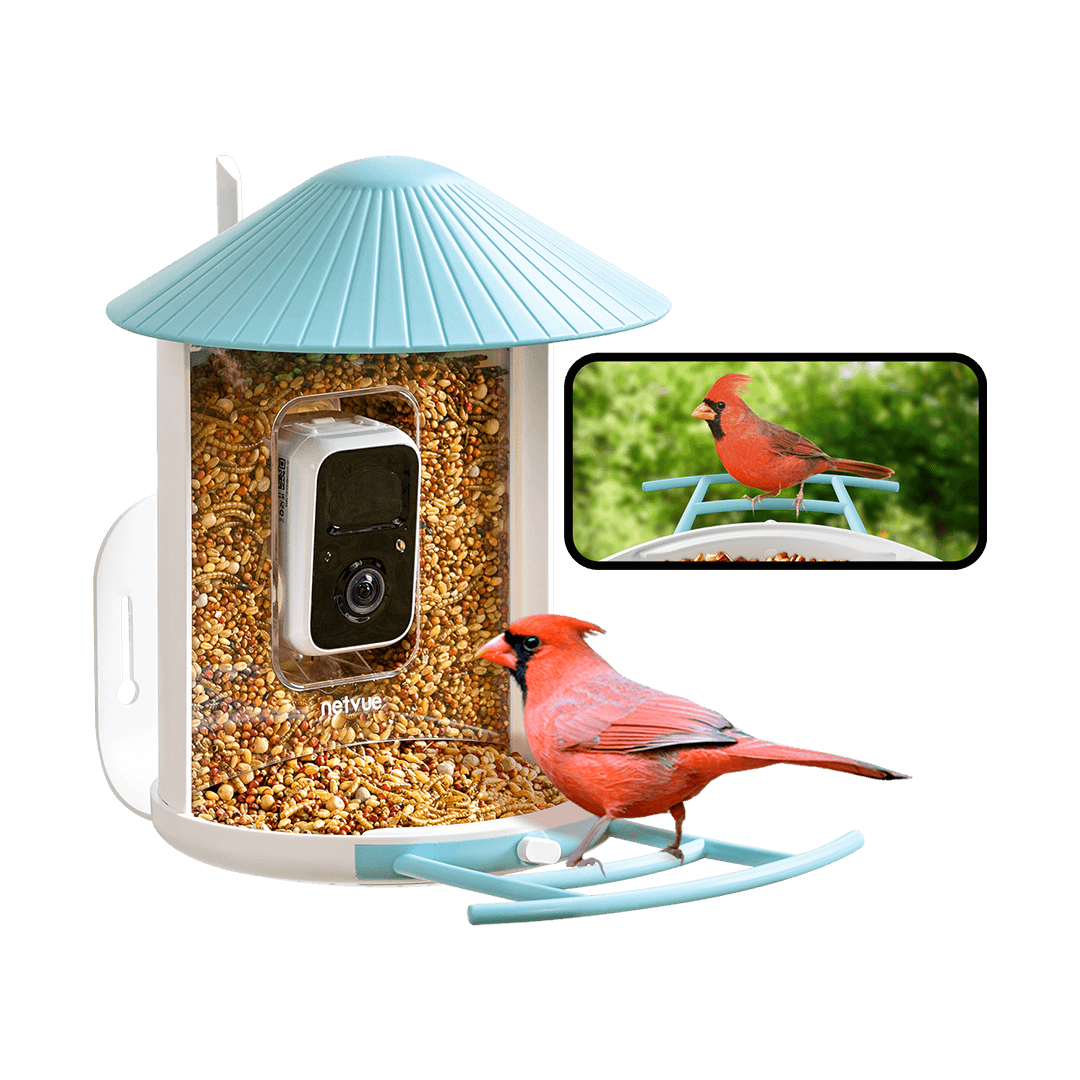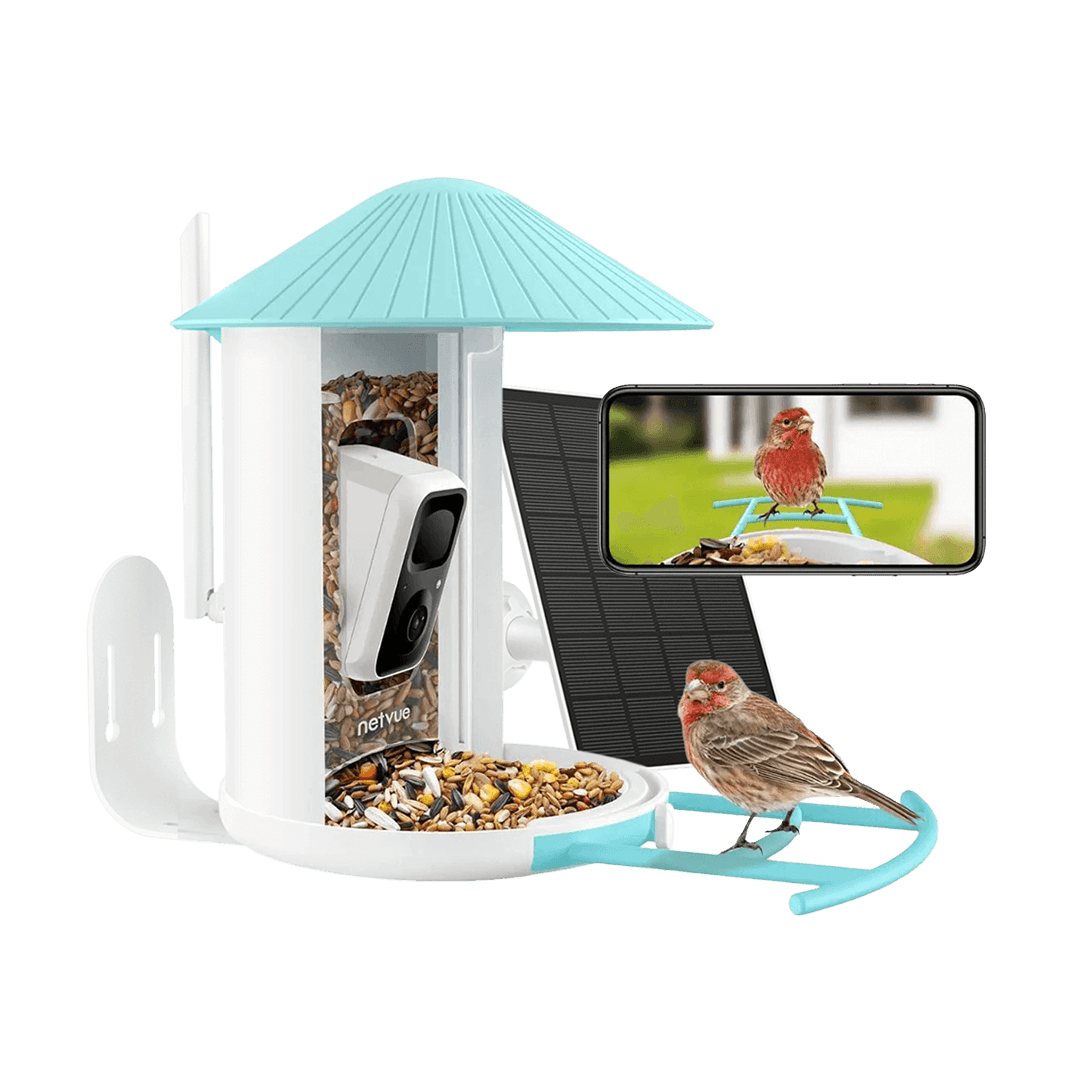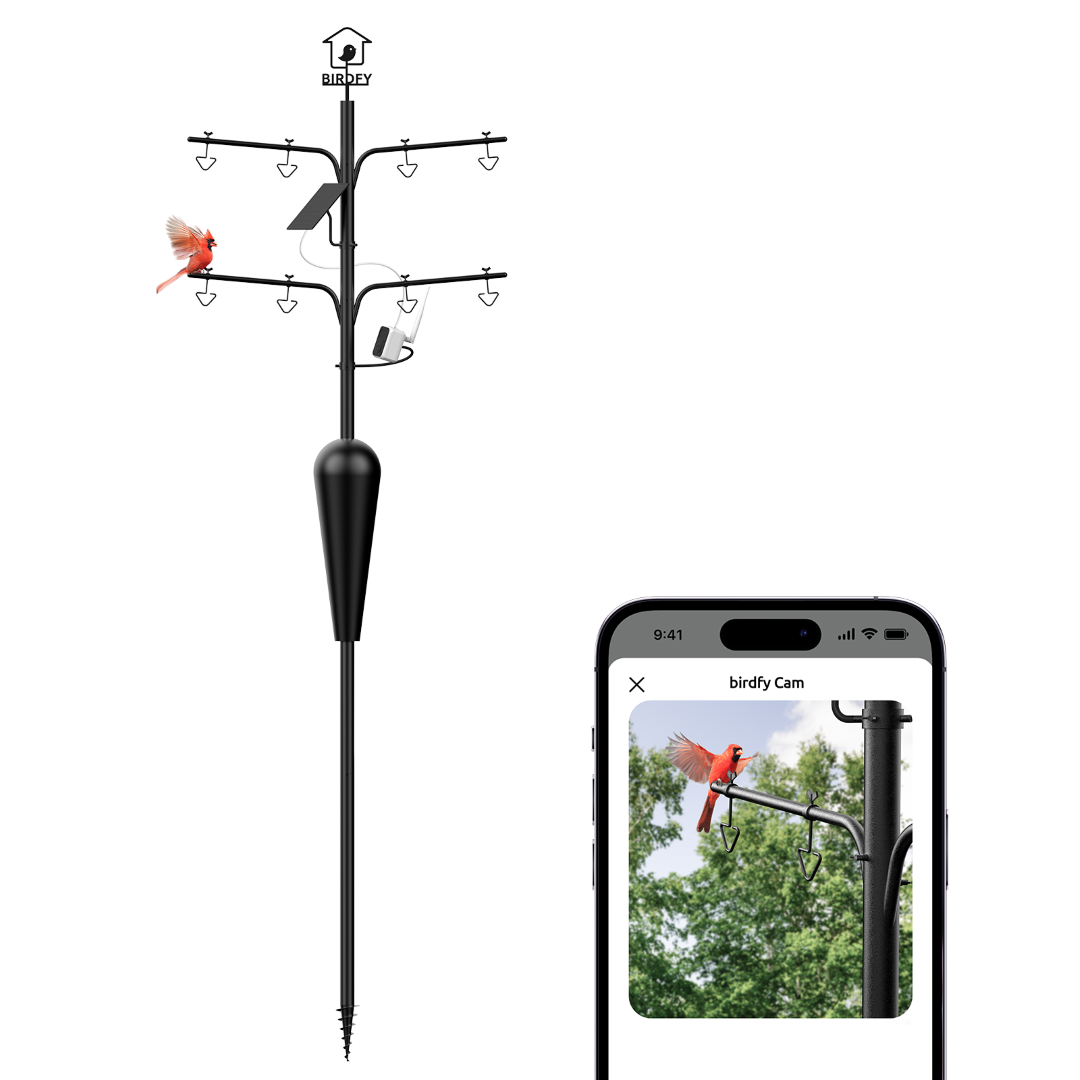Halloween Special: Spooky Bird Myths and Legends
It's that time of year again - Spooky Season is upon us, and while we prepare to settle in by the fire for some eerie tales, let's take a flight into the mysterious world of bird myths and legends. We're huge fans of birds (of course!), but you may not know that they have been both a source of fascination and fear in human history for centuries. Join us as we unravel the enigmatic stories that have woven birds into the tapestry of Halloween.
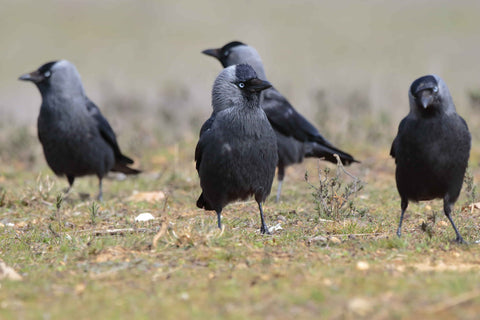

Crows: Wise, and Ominous
Crows, common urban inhabitants, have earned a significant place in Halloween folklore. They've been both a source of fascination and fear throughout history. In Norse mythology, these intelligent birds were Odin's eyes and ears, symbolizing wisdom and insight. However, in other cultures, crows have been seen as harbingers of death and darkness.
The Positives:
In Norse mythology, crows served as Odin's loyal scouts, gathering knowledge about human behavior, conflicts, and events. Through their diligence, Odin earned his reputation as the god of wisdom. As a result, the crow is often associated with knowledge, insight, and wisdom.
In Britain, crows hold a special place, particularly for the British royal family. A congregation of crows, such as the ones at the Tower of London, is safeguarded by the royal guards responsible for the Tower's protection. Legend has it that if these crows were to depart or perish, it would foretell the downfall of the Kingdom of England.
The Negatives:
In Irish mythology, a crow is only considered truly deceased when it lands on a dead person, a behavior it does not exhibit with the living. The Welsh believed that a crow flying over a human dwelling was an omen that someone in that house would meet their demise.
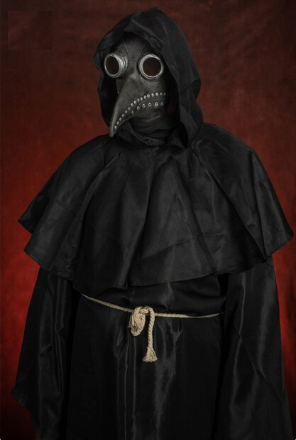

Historically, crows and ravens have been associated with themes of death, pestilence, and darkness. In medieval times, they were symbolized as ravens and even linked to plague doctors who wore distinctive elongated beak-shaped masks to protect themselves from infectious diseases.
Owls: Mysterious Harbingers

Frequently companions to witches, tales of eerie owls have their roots in Greek and Roman mythology. The appearance, and particularly the sound, of an owl, is often regarded as foreboding and indicative of ill fortune. In antiquity, the hearing of an owl's hoot was considered a harbinger of imminent death, and owls are said to have accurately foretold the demises of various Roman emperors, among them Augustus and Julius Caesar.
In Germany, a superstition persists that if a newborn baby is born hearing the hoot of an owl, they are fated to lead a life marked by misfortune. The Greeks, too, held deep reservations about owls, regarding them as shape-shifting witches with the power to drain a child's blood.
Dracula Parrot - Defying its Name
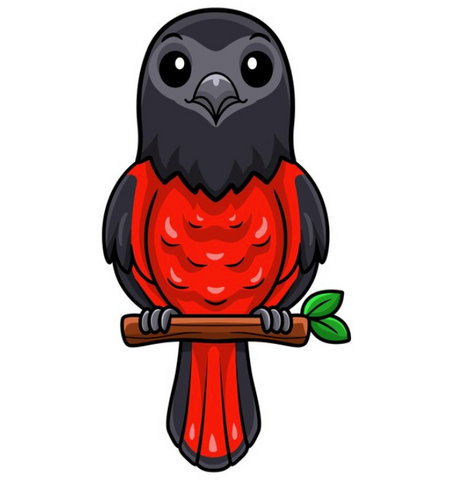
It is a term used to describe a parrot-like bird scientifically known as "Pterodroma vulturina," more commonly recognized as the "Palm Cockatoo" or "Goliath Cockatoo." This parrot-like bird is renowned for its distinctive appearance and behavior.
The Dracula parrot is a sizable bird typically featuring a black body with a unique ivory-white beak. Its most distinguishing characteristic is its striking head adorned with an abundance of feathers that form a crown-like shape, earning it the moniker "Dracula parrot" due to its resemblance to a vampire's cape. However, despite the imagery it conjures, the Dracula parrot has no inclination towards blood consumption. Instead, it primarily feeds on fruit, with a particular preference for certain types of figs. Additionally, this bird may also consume flowers and occasionally nectar.
It's worth noting that vampire ground nuthatches, a different species, have a tendency to feed on blood. They are found in the Galapagos Islands, where they extract blood from other birds, primarily Nazca Boobies and Blue-footed Boobies, when alternative food sources such as seeds and insects are scarce.
Seagulls - A Surprising Scare
And speaking of birds, if you're as enamored with these winged wonders as we are, why not bring a piece of their world into yours? Explore Birdfy's range of bird feeders, perfect for your backyard, and get ready to create your own enchanting bird stories this season. Happy Halloween and happy birdwatching!
Legendary Ghost Birds - China:
In Guo Pu's Xuanzhongji, the Gu Huo Bird is said to emerge during the night, appearing as a bird while adorned with feathers, and then transforming into a woman by shedding its plumage. It goes by several names, including the Maiden of the Celestial Empire and the Nocturnal Wanderer. Interestingly, this bird doesn't give birth to its own offspring; instead, it specializes in adopting the chicks of other birds as its own.
There exists a peculiar belief that if a young child's clothing is left outside to dry at night, the Gu Huo Bird will leave a bloodstain as a sign, and the child will be taken away by the bird. This is why people often refer to it as a "ghost bird." Consequently, it is customary not to hang out the clothes of young children at night to avoid this supposed fate.
In addition to these legends, it's said that the Ghost Bird has a penchant for collecting people's clipped nails, which it uses to gain insights into their misfortunes. If the bird identifies someone who is destined for calamity, it would land on that person's roof and chirp, as documented in Ling biao lu yi, vol.
Seagulls - A Surprising Scare
In Ireland, seagulls are the subject of various folktales, with common belief suggesting that they are the spirits of drowned men. These birds hold a prominent place in Irish culture, and sailors would treat them with reverence and respect, particularly while out at sea. It was believed that showing this dignity to seagulls was essential during fishing expeditions, as it honored the spirits of those who had met a watery fate.
In contrast, in West African traditions, different tribes followed a custom of tying a bird to a deceased person and then sacrificing it. This practice was rooted in the belief that the bird would serve as a guide to carry the soul of the departed individual to the underworld. By killing the bird, it was thought that the spirit or soul of the bird would be liberated, allowing it to carry out its duties more effectively in aiding the departed soul's journey to the afterlife. This ritual was a means of ensuring the smooth passage of the deceased to the next realm.
As the chilly winds of Spooky Season start to rustle the leaves, and we prepare to gather by the flickering firelight for eerie tales, let's take a captivating flight into the mysterious world of bird myths and legends. While we're ardent fans of birds (naturally!), you may not be aware that these feathered creatures have been both a source of fascination and fear in human history for centuries. Join us as we unravel the enigmatic stories that have woven birds into the intricate tapestry of Halloween.
And speaking of birds, if you're as enamored with these winged wonders as we are, why not bring a piece of their world into yours? Explore Birdfy's range of bird feeders, perfect for your backyard, and get ready to create your own enchanting bird stories this season. Happy Halloween and happy birdwatching!

